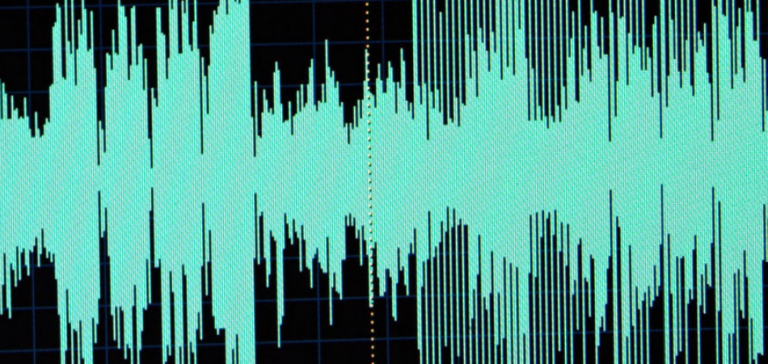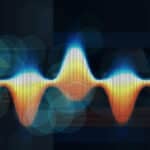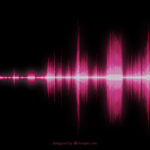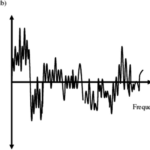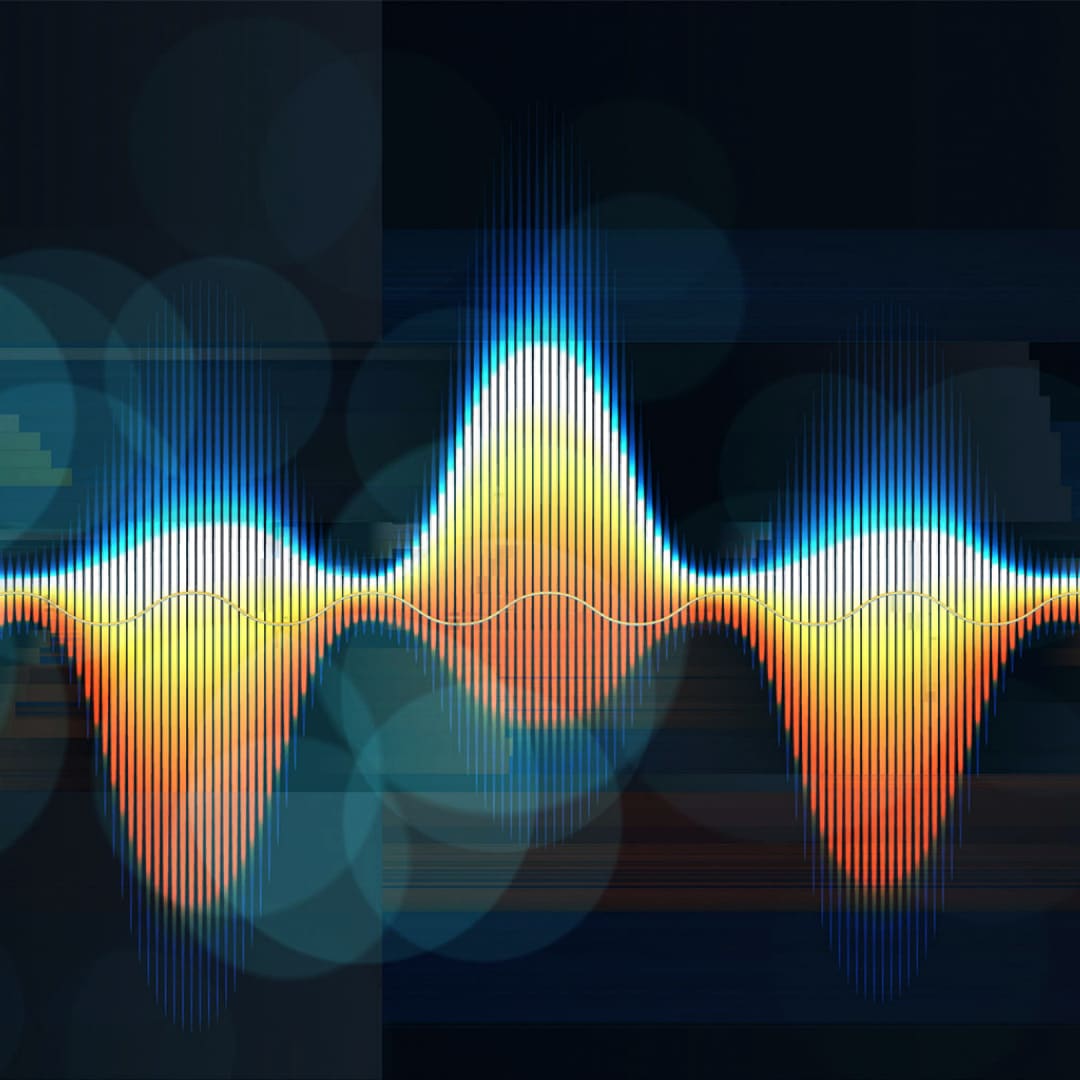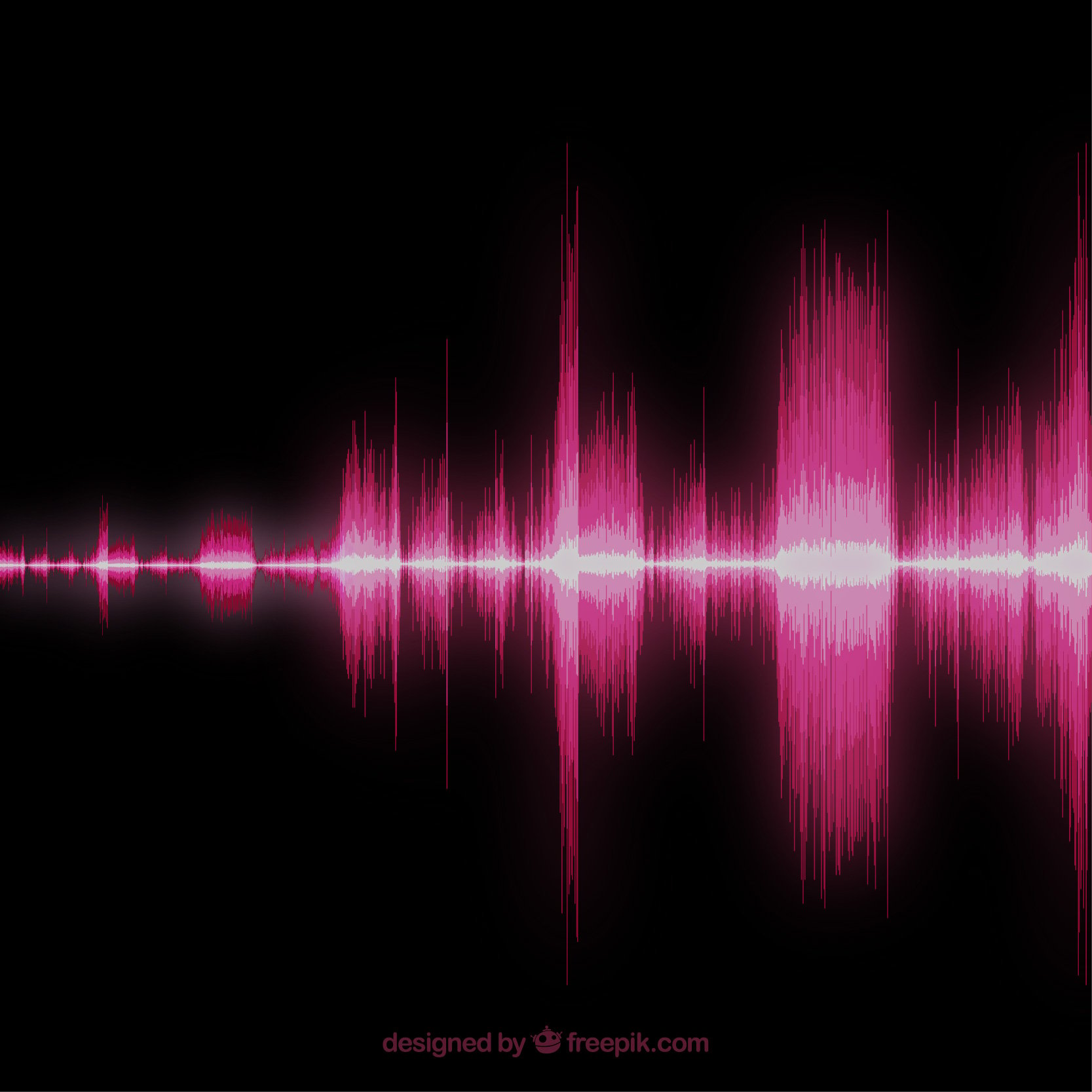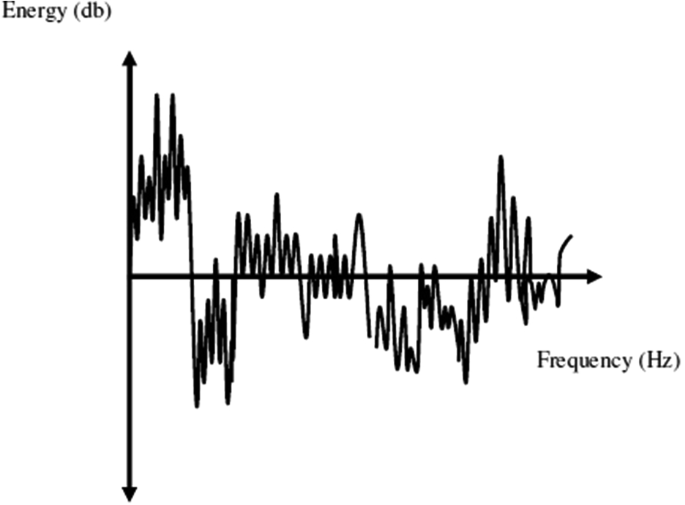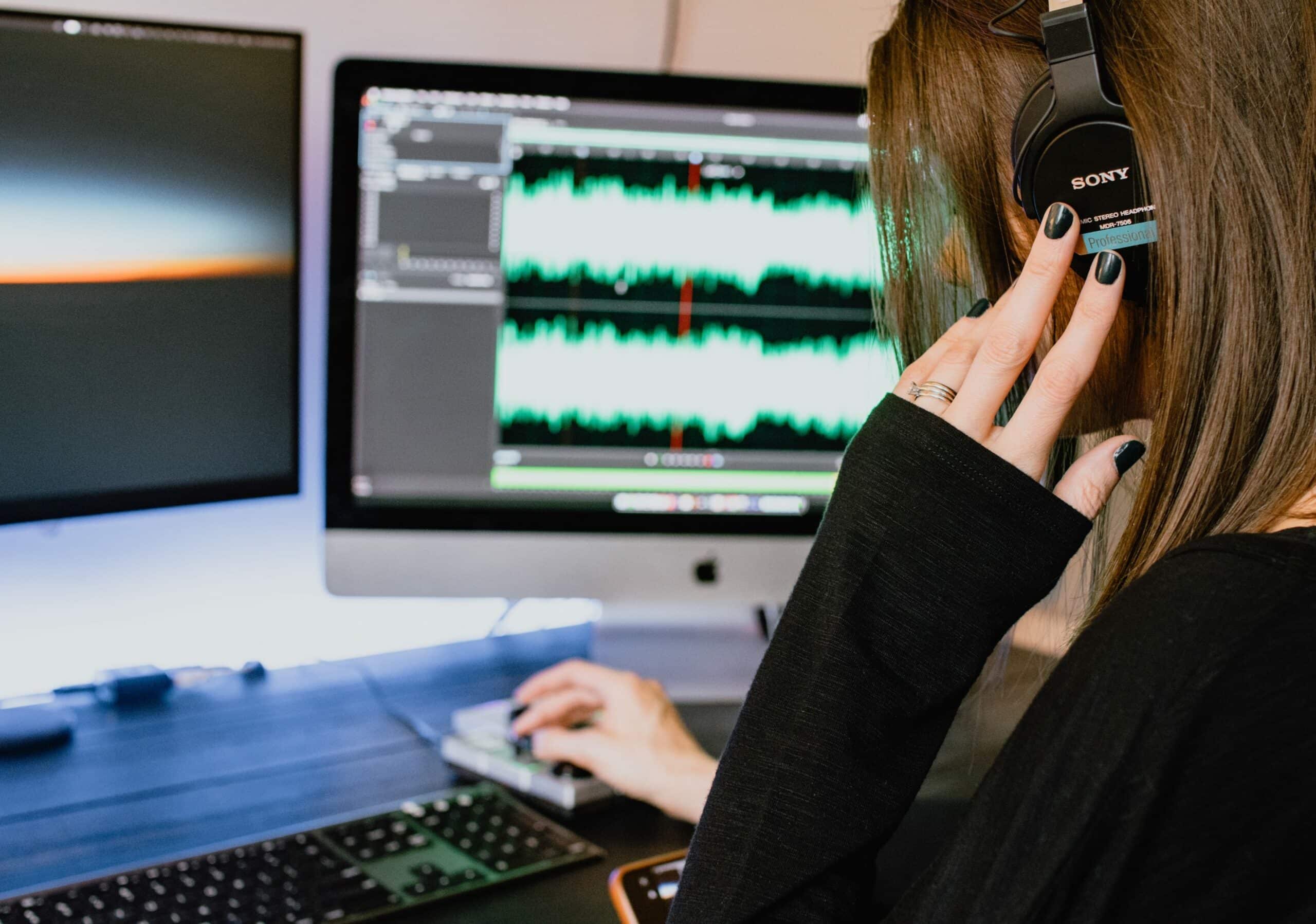You will choose the sample rate depending on the application you are using. Most of the time, people choose 44.1 kHz, and 48 kHz is also common when you are creating audio for video. There are advantages to higher sample rates, but this should only be undertaken in professional applications.
The sample rate tells you how many times per second a measurement is taken of an analog audio waveform while it is being converted to a digital signal. The sample rate has a speed, which is the frequency, and it defines the frequency response of an audio recording.
About the Sample Rate
The sample rate follows the Nyquist Theorem, which states that the highest frequency you can record is half of the sample rate. If you have a sample rate of 44.1 kHz, which is standard, you can record an audio signal that is 22.05 kHz. If you try to record too high, you will get audible artifacts.
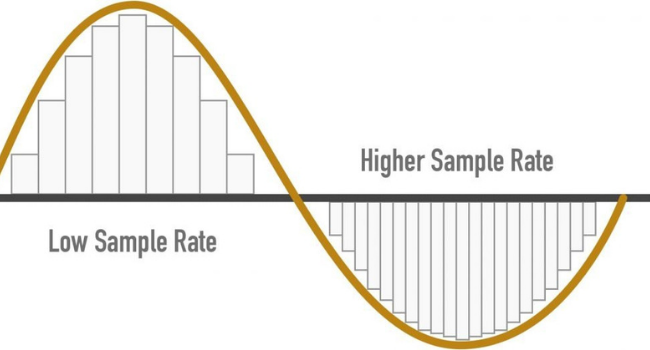
Although people can hear sounds up to 20 kHz, some scientists say that they can perceive sounds up to 50 kHz.
Ideal Bit Depth
For most applications, you can use a bit depth of 16 bits, and it will turn out fine. If you are making a professional recording or mix, you will want to use 24 bits. There is better dynamic range at this level, and you can be more precise when you edit. There are also some advantages to using a 32-bit floating point bit depth, but it takes up a lot more space.
The Ideal Sample Rate
The playback standard for most consumer music applications is 44.1 kHz, and 48 kHz is often used in video. There are both advantages and disadvantages to working at a higher sample rate. There are sample rates available at 88.2 kHz, 96 kHz, and 192 kHz for both music and audio production, but it isn’t always a good idea to use them.
First of all, when you double the sample rate, you double the file size. You also need more processing power to use them, and you will find that there are plugins and audio tools that can’t work with the higher sample rates. These disadvantages make it better for most people to work with 44.1 kHz.
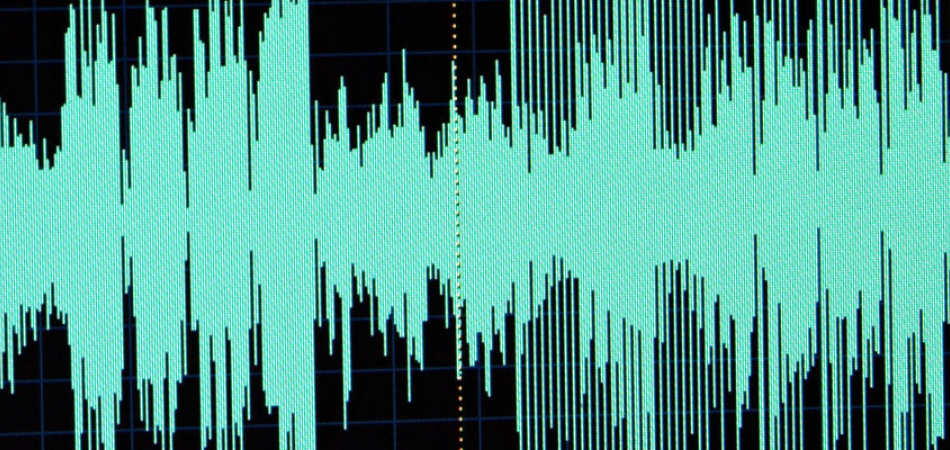
However, there are a few advantages to working with a higher sample rate. You need to make sure that your CPU is powerful enough to handle it, and you need enough space for the files. However, you can get away from audible artifacts and then convert the higher sample rate back to the 44.1 kHz standard.
Can You Use Different Sample Rates on the Same Project?
You can work with a sample rate of 48 kHz and drop back down to 44.1 kHz, but your DAW must be able to handle it. Some DAWs will do this automatically for you, but with others, you will need to change it yourself. You need to know what sample rate you are working in, which ones you are importing, and how your DAW handles the process. You should try not to resample because the quality can be degraded.
Choosing Bit Depth
When you are looking at bit depth, it is important to understand that more dynamic range leads to better signal to noise ratio, better precision, and less headroom worries. You won’t need to make your levels run hot. 24-bit audio is better than 16-bit audio because it increases your dynamic range. While 32-bit is better, the benefits don’t come through enough to make it necessary. Most of the time, you will be fine with 16 bits, but for professional applications, 24 bits is better.
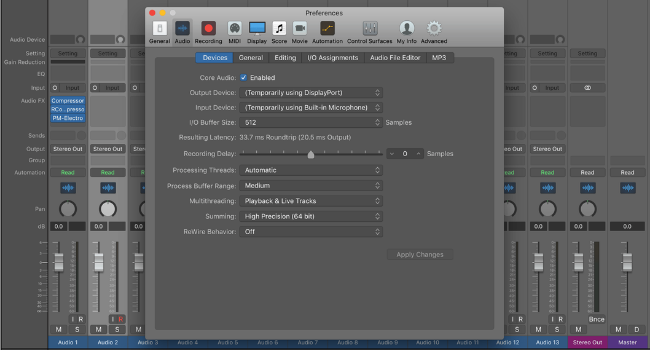
Most Common Sample Rates
There are different options when you are choosing a sample rate. The minimum is 44.1 kHz. This is the same quality as a CD. It is fine to use it, and it sounds great. The next level up is 48 kHz, which is the standard for audio to video. At this level, the size of the file will be larger, but it is still manageable. This rate is what is used by professionals.
The next rate is 88.2 kHz, and it can be worthwhile to use it for heavy editing. It can retain the fidelity of the original signal. 96 kHz uses a lot more space, as the files are large. This is not necessary, but it can be used when you are doing extreme time stretching and manipulation. The highest sample rate is 192 kHz, but it is rarely used.
Why Is the Sample Rate Measured in kHz?
The sample rate is measured in kHz because it relates to the highest frequency that a digital signal can record. The Nyquist Theorem governs this, and it states that the sample rate has to be twice as high as the frequency that you want to record.
If you have an analog signal that is higher than the Nyquist frequency, it won’t be captured the right way by the converters. Instead, the system ends up creating an artificial frequency. This process is aliasing, and it may be silent or it may give you audio that is lower by one octave.
An experienced engineer can often hear the difference in different sample rates, but many people cannot. Most people want to record the best-quality audio possible, but it often isn’t practical because it takes up a tremendous amount of storage. If you play the audio files at one sample rate when they are recorded at another, they can sound strange as they are sped up and higher pitched.
Final Words
When you are trying to choose the best sample rate, you can choose 44.1 kHz for most applications, or you can use 48 kHz for professional mixing. When you double the sample rate, you also double the amount of storage you need, so it doesn’t make a lot of sense to use a higher rate. If you need help with sample rate, you can always consult with a professional to make sure that your audio is perfect.

